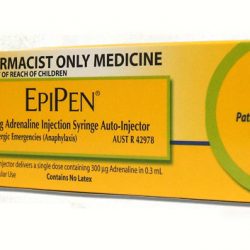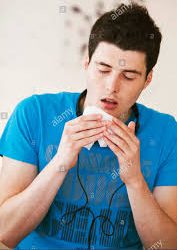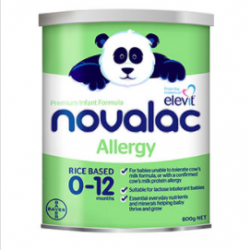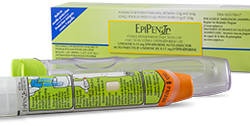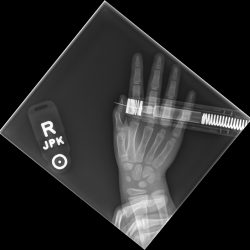EpiPen® 300mcg adrenaline autoinjector supply issue
Australian Clinical Society of Allergy and Immunology has just informed Allergists that Mylan (who distrubitue Epipens) has announced a shortage of EpiPen® 300mcg adrenaline (epinephrine) autoinjectors. Supply of EpiPen® Jr 150mcg adrenaline (epinephrine) autoinjectors is unaffected. Stock is expected to be available in pharmacies from mid-February 2018. A process has been put in place by Mylan[…]

